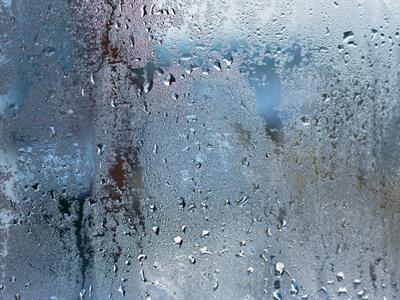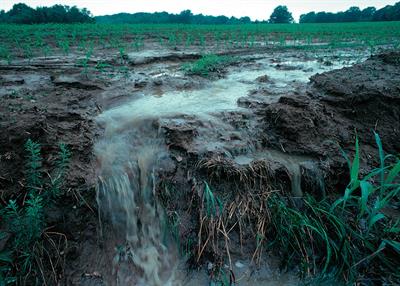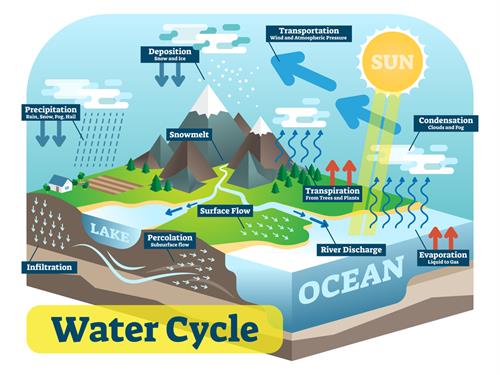
PUMPA - SMART LEARNING
எங்கள் ஆசிரியர்களுடன் 1-ஆன்-1 ஆலோசனை நேரத்தைப் பெறுங்கள். டாப்பர் ஆவதற்கு நாங்கள் பயிற்சி அளிப்போம்
Book Free DemoCondensation:
Condensation is the process of a gas phase changing to a liquid phase.

Condensation
It is the reverse of evaporation. At high altitudes, since the temperature is low, water vapour condenses to form tiny water droplets. These water droplets come together to form clouds and fog.
Precipitation:
Due to changes in temperature or wind, the clouds combine to form bigger water droplets and pour down as precipitation or rain.
When the size of these droplets increases, they fall on the earth as rainfall. The process is known as precipitation.
Runoff:
It is the variety of ways where liquid water moves through the land. As water pours down, it runs over the surface of the earth. Runoff combines to form channels, lakes, rivers and ends up in the seas and oceans. Snowmelt is an important type of runoff produced when snow or glaciers melts to form streams or pools.

Runoff
Infiltration:
Some of the water from precipitation moves deep into the soil. This water moves down and increases the level of groundwater.
Percolation:
Some of the water from the process of precipitation flows through the soil and porous or fractured rocks. Infiltration and percolation are two different processes that describe the movement of water through the soil.

Percolation and infiltration in the water cycle
Human impacts on the water cycle:
Human activities that affect the water cycle include:
- Urbanisation - construction of buildings, roads etc.
- Dumping of plastic wastes on land and in the water.
- Polluting water bodies - use of toxic chemicals (pesticides) in agriculture and chemical fertilizers that pollute the surface water.
- Deforestation
- Withdrawal of freshwater at faster rates than the replenishment of water by nature.
Reference:
https://www.flickr.com/photos/48722974@N07/4464667181